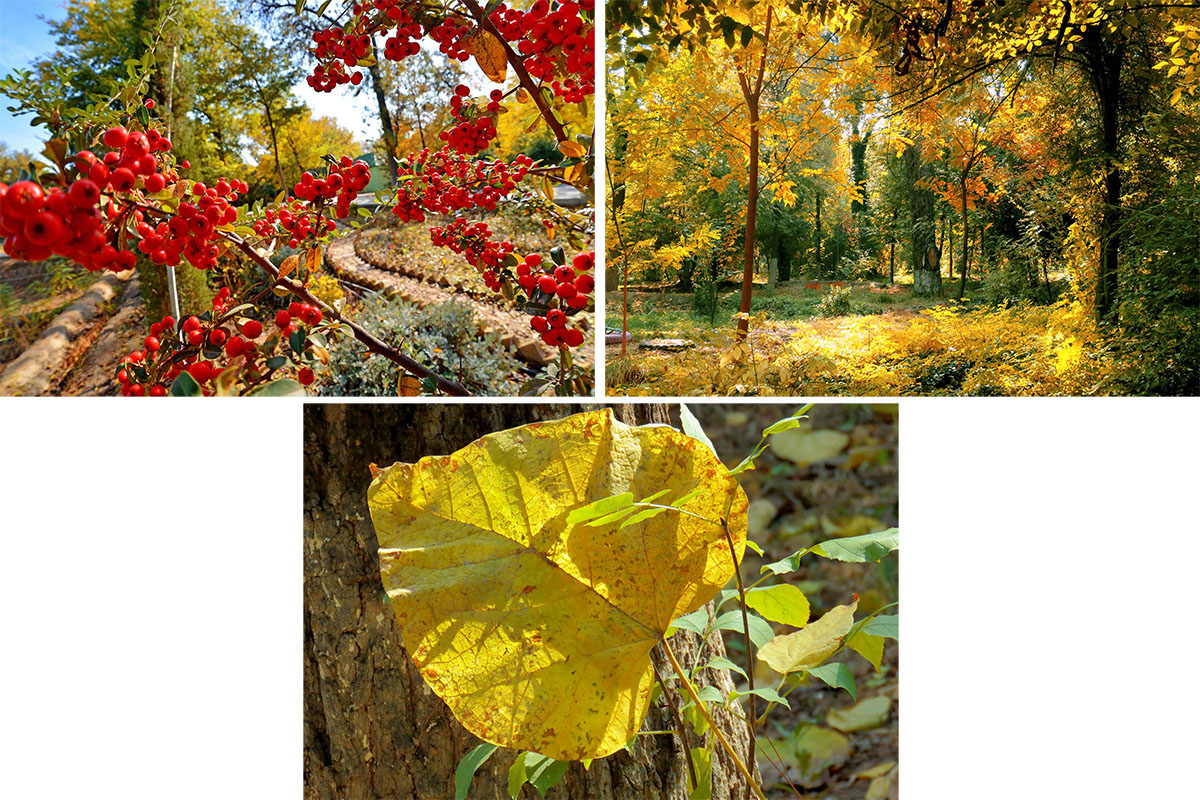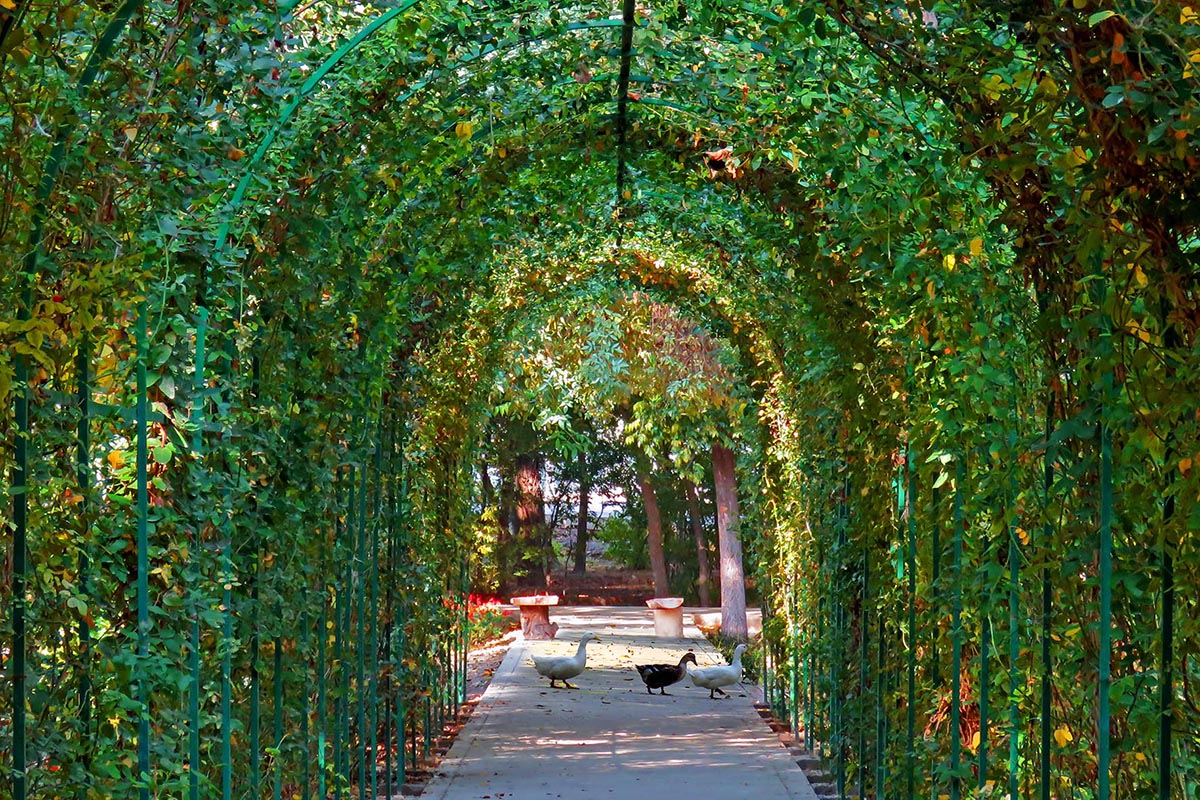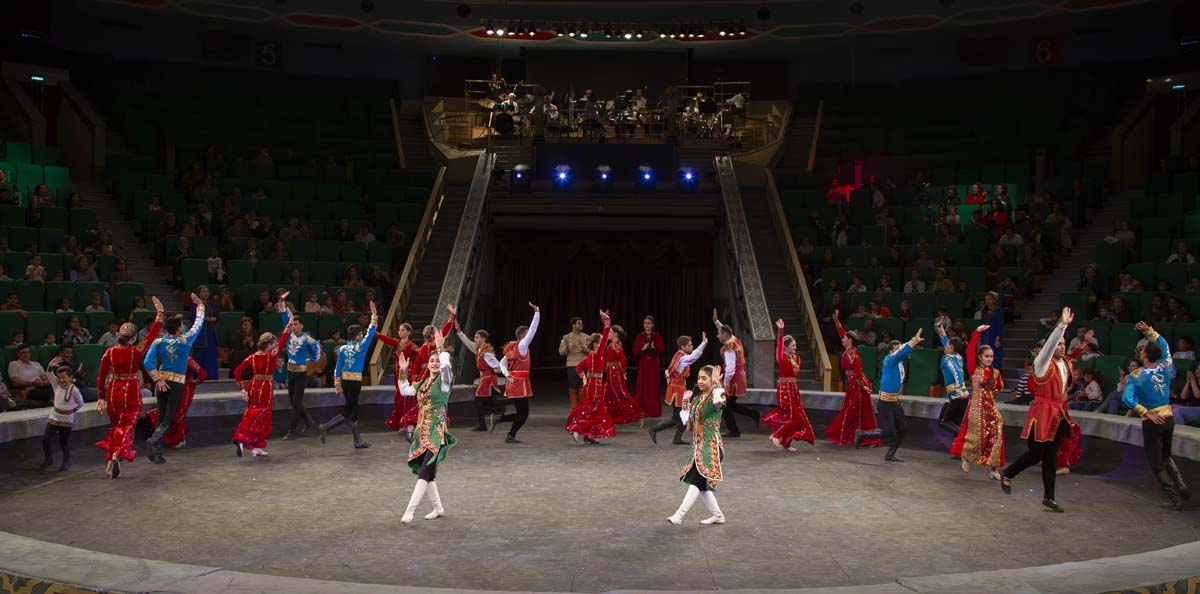The botanical garden is beautiful at any time of the year, but in autumn it is simply charming. It is not for nothing that young people in exquisite outfits come here in droves to be photographed against the backdrop of this piece of paradise. Some share in the popularity of the botanical garden belongs to our newspaper - we quite often refer to this topic.
In each of our visits, some one hero of the plant world dominates here. Today it is sparkling salvia. Bright red flowers on emerald leaves enchantingly covered the spaces of the lawns, delighting the eyes of visitors with a spectacular color contrast.

My guide today is a senior researcher at the floriculture laboratory Ekaterina Kuroshina.
“The homeland of Salvia,” she says, “is the rainforests of Brazil. This culture is among the first flowering plants adapted to the conditions of the botanical garden. Salvia prefers to grow in an open place, but certainly in partial shade: it suffers from direct sunlight. Therefore, we plant this flower on the lawns under the trees. In its homeland, salvia is a perennial plant, while in our country it reproduces annually by seeds.

The botanical garden has a good collection of early flowering chrysanthemums. Admire them. Most of them are chamomile and small-colored. But what colors - yellow, burgundy, white, lilac ...
Now there is an autumn wave of blooming roses. Roses seem to be in a hurry to make up for lost time from the summer heat and bloom violently. They can be understood, before the cold weather is very short, and so I want to show off. Glorious Yucca bloomed for the second time a year - a good indicator, which means she is quite comfortable with us. The pyrocanthus is densely covered with beautiful orange berries. This genus of shrubs is widely used as an ornamental plant. It is easy to cut and tolerates the urban environment without any problems.

And here is a very cozy gazebo made of climbing roses and honeysuckle. A family of duck crossed the path to her. These waterfowl, treated kindly by the attention of visitors, feel at home here. The gazebo is only one year old. Climbing roses have already faded, and the last delicate flowers of honeysuckle, upon close examination, can still be found.
The Oak Alley is best now that the leaves have changed from green to bright yellow. It is not easy today that this alley is a favorite place for photo shoots.

Many heat-loving plants moved to greenhouses for the winter, but Japanese decorative bananas will remain in their former places, it is enough for them to insulate the roots in order to winter safely. Six important dark green and blue cypresses solemnly surround the central pool of the botanical garden, and there a pink water lily floats in sad solitude: the “girlfriends” have already faded and she has no one to even say a word to. Water lilies belong to the genus of perennial aquatic grasses with large floating leaves and flowers.
The crowns of trees are very beautiful today - light and dark green, mustard and lemon yellow, purple-red - they are perfectly combined with each other, as if in a picture of a talented artist.

Having breathed in clean air and admired the autumn transformations of plants, we said goodbye to Ekaterina Arsentievna, and at the exit found ourselves in a living corner of the botanical garden.
It is almost impossible to walk by and not admire the birds. Pigeons and ducks are so accustomed to the visitors' treats that without fear, pushing each other away, they pounce on the pieces of the cake. Here the principle applies - whoever dares, he ate two. And the geese stand aside and look condemningly at what is happening, they say, it is useless for the birds to engage in begging. This cute touch further lifted the spirits from a pleasant journey into the world of plants that adorn our planet with their diversity.

Tamara Glazunova
Photo: Igor Lomov







